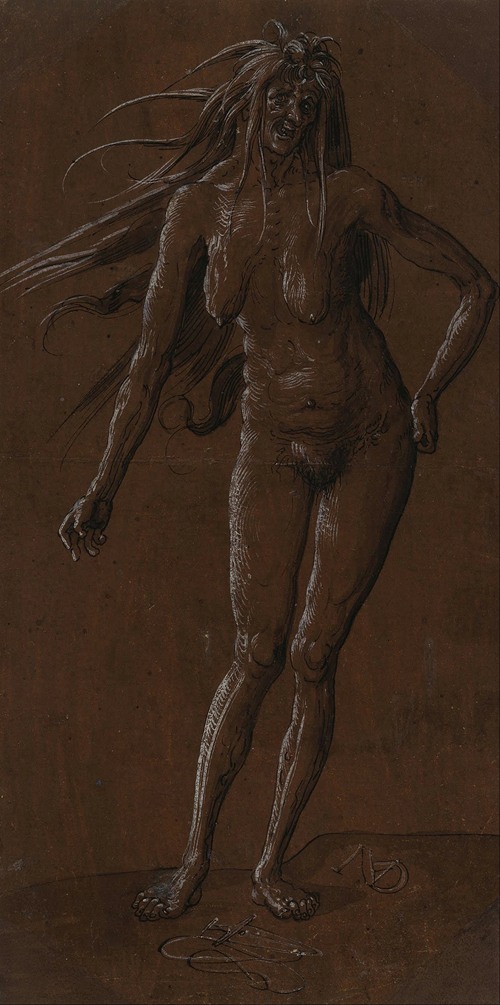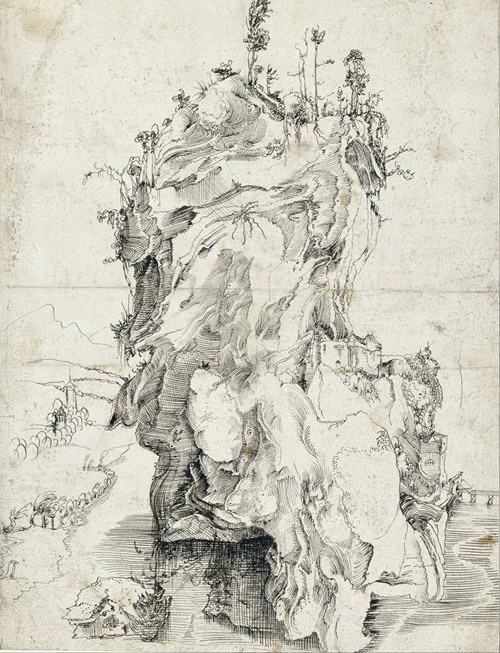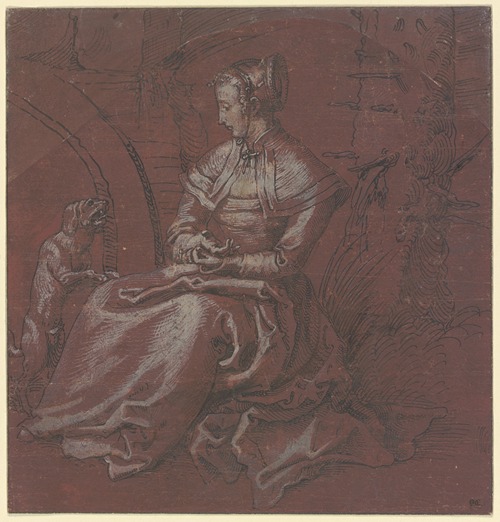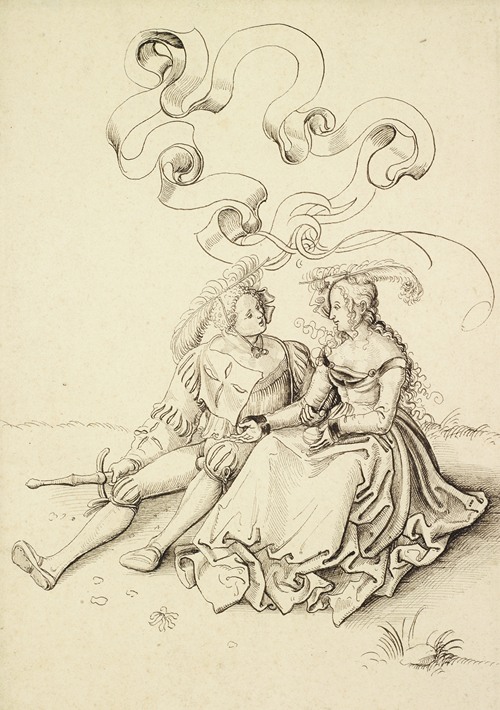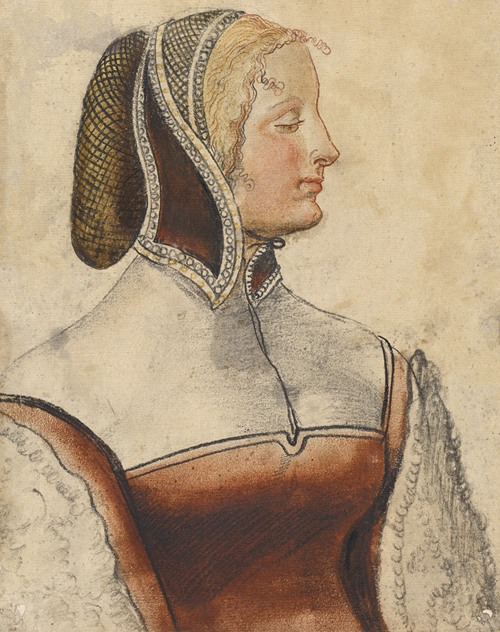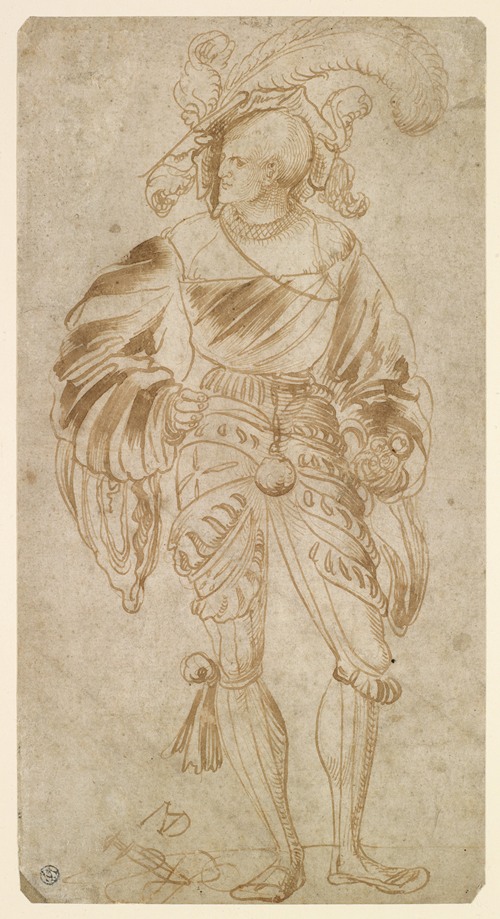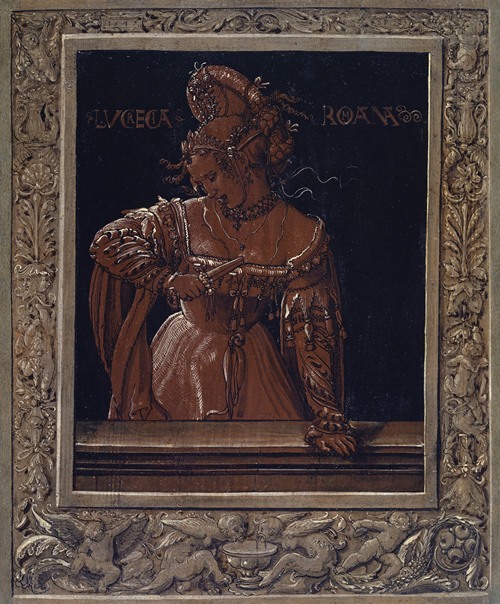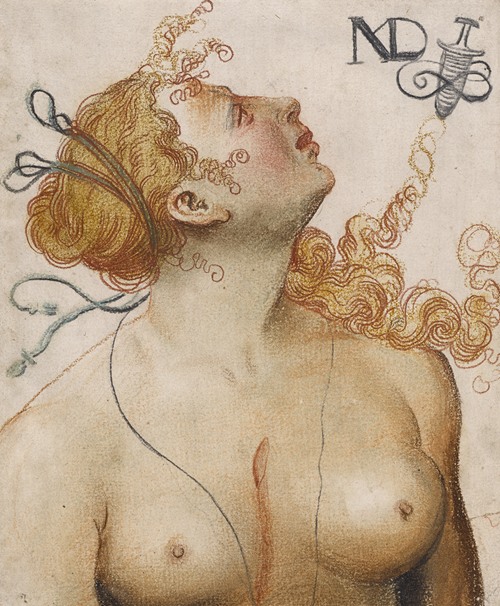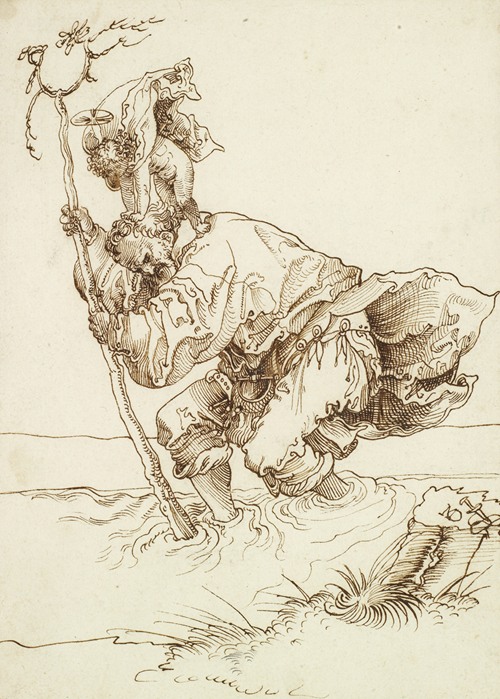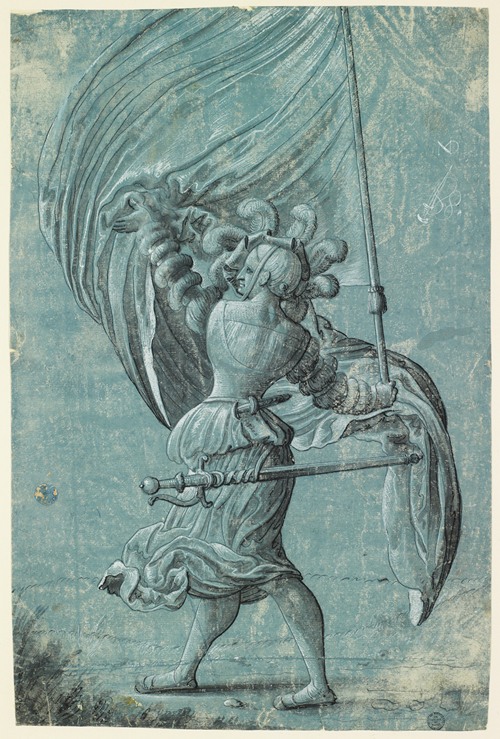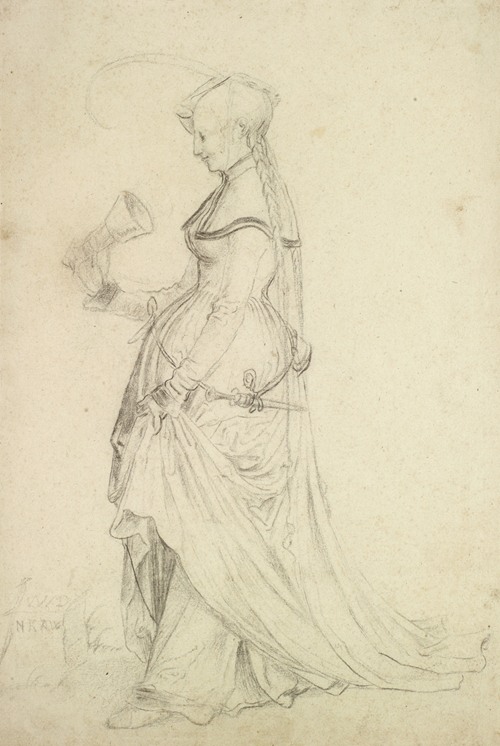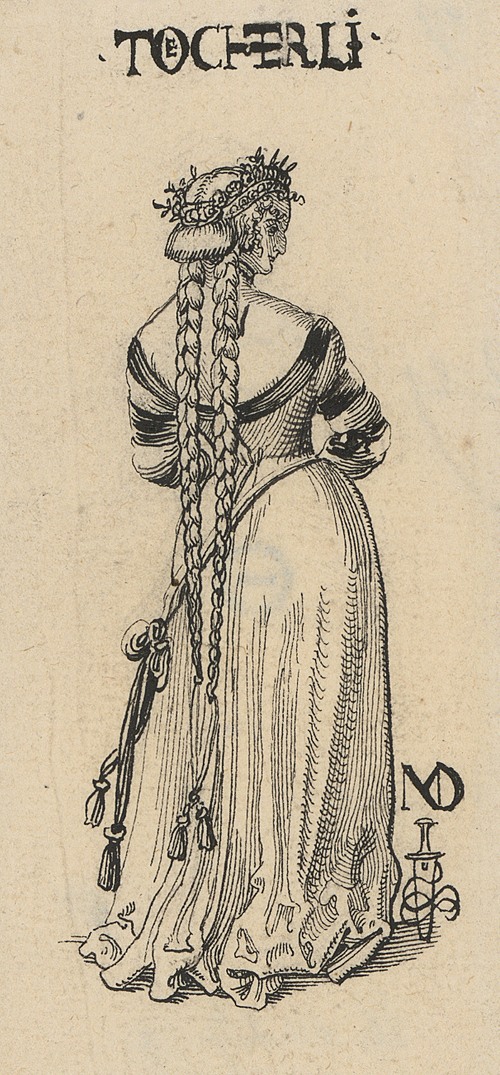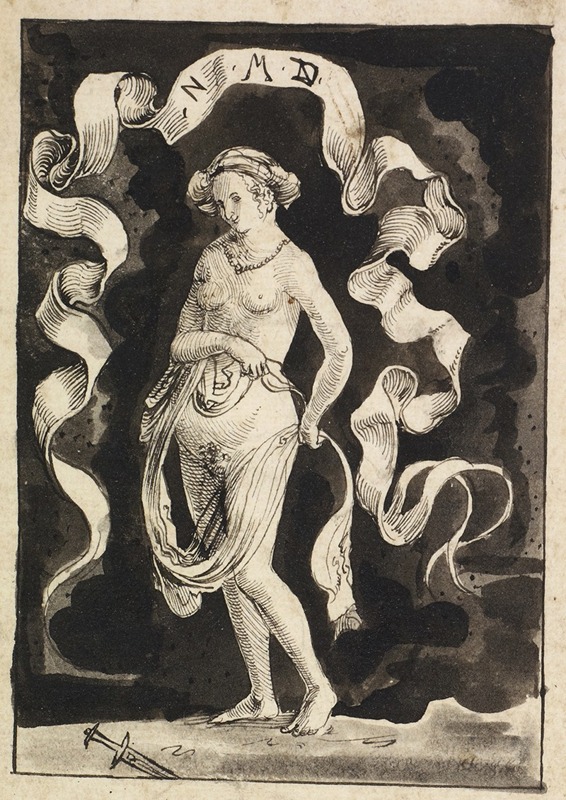
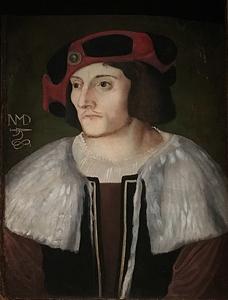
Niklaus Manuel Deutsch, of Bern, was a Swiss artist, writer, mercenary and Reformed politician.
Niklaus was most likely the son of Emanuel Aleman (or Alleman), a pharmacist whose own father had immigrated from Chieri in Piedmont, and his wife Margaretha Fricker (or Frikart), an illegitimate daughter of Bernese city scribe Thüring Fricker. He used "Manuel", the given name of his father, as his surname and used "Deutsch", as the German equivalent of the surname Alleman, as an additional appellation, signing his works with the initials NMD.
He is first recorded in 1509, when he married Katharina Frisching, daughter of Hans Frisching, a former Bernese reeve and member of the city council (Kleiner Rat). Niklaus Manuel and Katharina Frisching had six children. Two of them, Hans Rudolf Manuel Deutsch (1525–1571) and Niklaus Manuel Deutsch the Younger (1528–1588), were also artists. Niklaus Manuel is considered the founder of the patrician Manuel family of Berne. From 1510, Niklaus Manuel was a member of the city parliament (Grosser Rat). He is first recorded as a painter in the employment of the city in 1513. Aside from Holbein he is the major representative of Renaissance painting in Switzerland.
In 1514, he bought the house at Gerechtigkeitsgasse 72 which remained in possession of the Manuel family until the 17th century. In 1516, he entered mercenary service as the secretary of Albrecht von Stein, participating in the French campaign in the War of the League of Cambrai. His famous danse macabre on the wall of the Dominican Abbey in Berne was begun in 1516 or 1517; this work was destroyed in 1660, but a 1649 copy by Albrecht Kauw is extant. Niklaus Manuel's latest signed works date from around 1520, after which time he dedicated himself to literary production. He used a drawing of a Swiss degen alongside the initials NMD as his mark; the Swiss degen also appears on his literary manuscripts, and schwitzerdegen appears as his author's pseudonym in some of his printed works.
In 1523, he was given the office of Bernese reeve of Erlach, Echallens and Nidau. He was sent as a representative of Bern to the Swiss Diet in 1526. He served as a member in the city council (Kleiner Rat) from April 1528 until his death.
